When you want to get serious about Leica M rangefinders, where do you begin? My neighbour “RP” recently came into an inheritance from his grandfather which sparked his interest in Leica. Mine came from a long-ago connection to a story about one of the first press photographers in the UK to use a Leica. Both of us want to do something about this itch, so how do we proceed?
Focus on film Leica M cameras
RP and I have had several conversations about photography and cameras. He recently came into some money from his grandfather who wanted him to buy something he would enjoy.
RP’s grandfather shot film and enjoyed the craft aspect of shooting, developing and printing. In the conversations I have had with RP, he wants to honour his grandfather by buying a film camera. But also a camera RP’s grandfather always dreamed of owning, namely a Leica. RP acknowledges he needs to use some money for financial “housekeeping” but that still leaves him with $7,500 to spend on a camera and a lens.
My dream is different. I have had a curiosity about Leica since I worked with someone whose grandfather was one of the very first press photographers in the UK to shoot with a Leica. That curiosity has been embedded in my brain for 40-plus years. It’s taken a long time to get close to making a Leica M a reality. I have a similar amount to RP to spend, but I’m not allowed to use chemicals to develop or print in my carefully controlled condominium building. So, for me, the choice of Leica M would be digital.
I suggest to RP that the best course of action would be to visit Dan Tamarkin who runs Tamarkin Camera. Dan took over his father’s Leica dealership and auction house many years ago, so knows what he’s talking about.
He also runs a well-regarded annual auction for vintage camera equipment, much of which is Leica and photographic walks for anyone who wants to come along and share the experience. You can come along with a camera phone or an SL3 — it’s all about the joy of images rather than the kit you own.
Turning to Tamarkin
Tamarkin Camera is located in a converted factory building that once housed a bicycle factory and, many years later, a German typesetting company where my wife worked for a few years. The building feels “mechanical” as if you can still smell the machine oil that must have seeped into the wooden floors and brick walls.
Dan is a good listener. He quickly picks up on what RP might be interested in and begins to ask the questions that need to be answered to present a small set of options. Would RP want a camera with a built-in light meter, or was he happy having a separate light meter? The light meter is an interesting challenge as he recalls seeing his grandfather use one, and I still have my father’s old Sangamo Western light meter somewhere.
So, RP goes first
What sort of photography does RP like to do? To which the reply is “street and casual family portraits”. Nothing too serious or professional. What does he currently use, and what does he like and dislike about it?
It’s an older Canon DSLR with a slow zoom which he doesn’t like. He thinks he shoots somewhere around 35-50 mm but has never really taken too much notice. The whole camera and zoom lens apparently feel plasticky with confusing controls.
He really wants something that feels “mechanical”. I sit and listen as Dan and RP talk about the different options for M cameras. Dan produces three Leica M cameras from a well-stocked display cabinet and proceeds to explain their differences.
Leica M6 0.72
We start with a Leica M6 0.72 “Classic”. And it has a built-in light meter. To RP, it feels like a real camera. He seemingly has no issue with rangefinder “patch” focusing, despite being indoors under artificial light. I want to know what he thinks of the lens – a 35mm Summicron? He feels the field of view is comfortable and close to what he normally believes he shoots.
We’ll get back to lenses in a while. Dan tells RP that this is the basis of the reissued M6 that Leica brought back in 2022. So, if you like it, you can have a brand-new version, straight out the box. But it’s about double what an original M6 would cost you.
Leica M6 TTL
Dan and RP move on to the M6 TTL with the 0.85 magnification for the optical viewfinder. To RP, this feels much more modern and seems to be in better condition. Dan confirms that all his M cameras are “Cleaned, Lubricated, and Adjusted” before a customer buys. This feels to RP that the greater magnification is a real benefit.
Leica M7
The third M is radically different, as it requires a battery to do what the M6 can’t do. That’s to use Aperture Priority. It’s an M7, the pinnacle of Leica’s film M development. Set the aperture on the lens and the camera figures out the exposure. It’s quite a step into the future.
RP is not convinced that this is what he wants. It feels slightly plasticky to him, and not as robust feeling as the M6’s. The M6TTL seems the more pure, more essential camera, and it’s in the better condition. He’s also swayed by the fact that the M7 has never been as popular as its M6 Classic and M6TTL predecessors.
Is focusing and framing with a rangefinder an issue?
We’ve yet to discuss using a Rangefinder. RP seems to have taken to the idea unquestionably. The real conclusion will be how those first few test shots on film turn out…
Now to focus on digital Leica M cameras
It’s now my turn to explore and maybe make decisions on what works for me. RP walks around the Tamarkin Camera showroom looking over the museum and gallery, and selection of second-hand Leicas as Dan and I talk.
As I’m going to be all in on digital, Dan offers three entirely different cameras for me to look at: an M240, a rare M262, and an M10. I find the physical differences difficult to discern on first look. So will need his expert explanation as to what the real differences are, and what that means to me, the user.
Leica M240
Dan describes the M240 as a “workhorse” that was launched in 2012, so a little over 10 years old. It has a 24-megapixel full frame sensor, which Dan feels is more than enough to print up to A3 size. It replaced the M9, the first full-frame digital M, which had a reputation for producing beautiful filmlike images but also having corrosion issues with the sensor. Caveat emptor — although many now come with evidence that the sensor has been replaced by Leica.
If you have ever wondered what all the fuss about Leica was based on, then picking up an M240 immediately begins to answer that question. It’s compact and reminds me of my Olympus OM2 from the early 80s. The M240 also has “heft.” It feels dense and substantial.
Simplicity
The controls are as far from a typical modern digital camera, carbuncled with buttons, as you can get. It’s a minimalist with shutter speed on the top plate and an “on-off” switch, a video function button, and the aperture ring and focus on the lens. At the back is a screen with a set of six buttons on the left-hand side of the camera, which includes ISO.
It also has something called “Live View” which allows you to focus from the rear screen in real time. This was a first, since the M9 with its CMOS sensor did not support live view. Without thinking too hard about it that feels counter to the spirit of using an optical viewfinder and rangefinder focusing patch to achieve sharp focus.
It feels so intuitive to just grab the controls and get shooting. I only miss the wind-on (film advance) lever, which causes a chuckle from Dan. Despite missing that, the shutter is incredibly quiet. There’s also an oddball feature that I’ve not seen on any modern camera, and that’s a detachable baseplate. You must remove it to change the battery or memory card. And talking of batteries, Dan warns me that batteries for this model are currently scarcer than rocking horse manure.
Leica M262
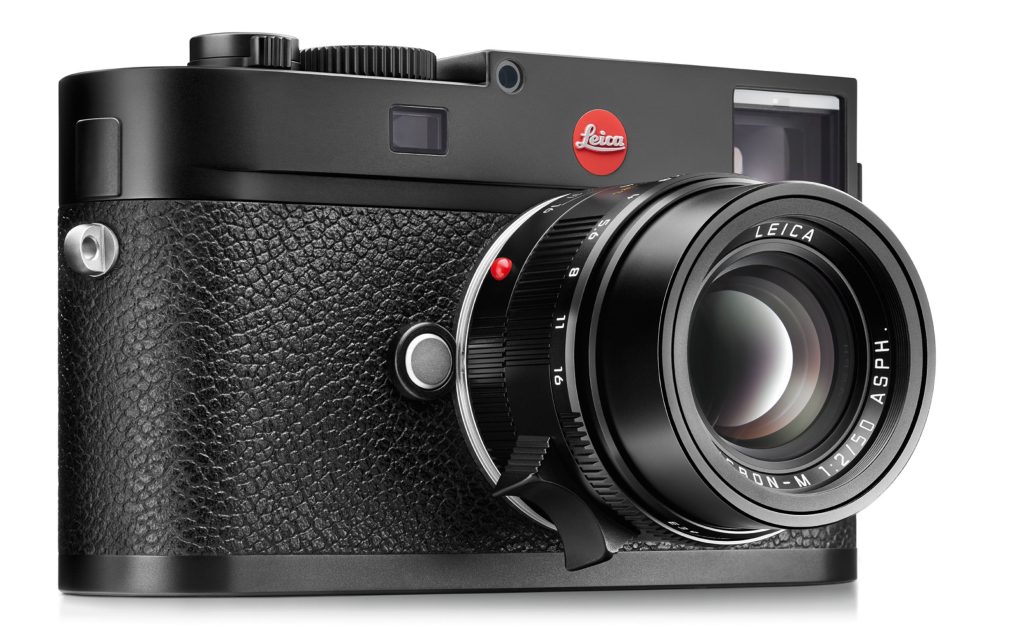
Let’s move on to the M262. Dan briefly explains that this is a much-misunderstood camera. It is based on the M240, but what makes it different is that it lacks is the Live View and video. It is also missing a series of menu options that the M240 has. And it’s lighter.
The 262 is a gem because it feels more focused on taking the photograph and not faffing about with options, buttons, settings and other distractions. This could be the one. It’s affordable, gets out of its own way, and does what you want it to.
Leica M10
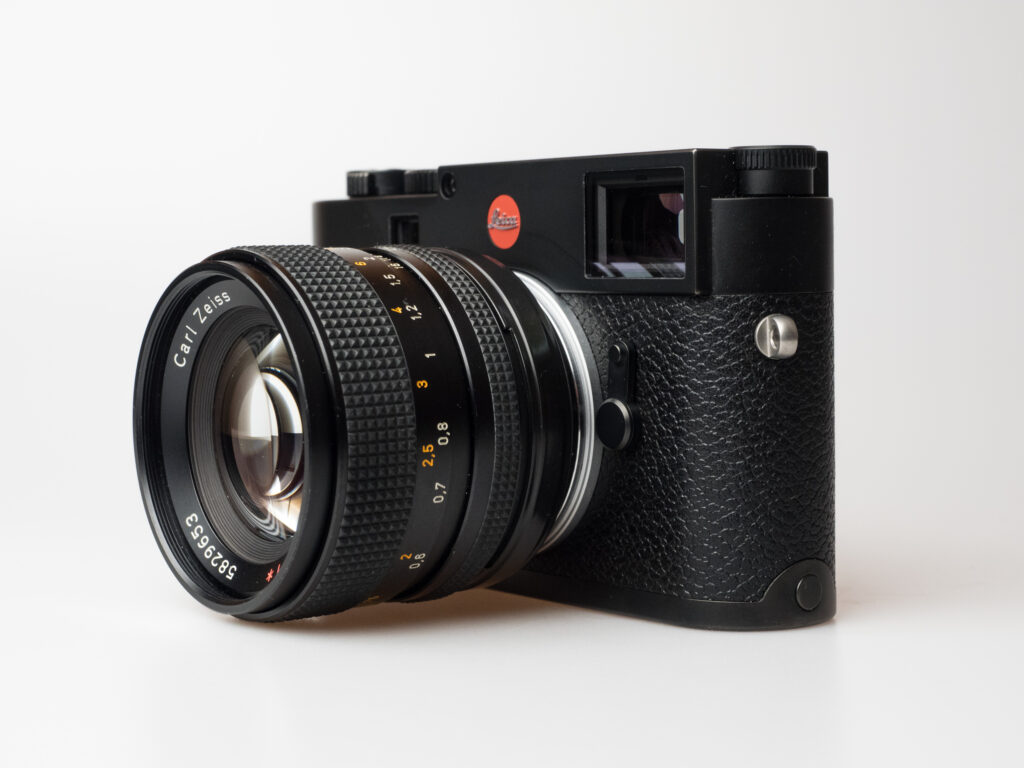
The final camera is an apparent leap forward, but in reality, is it? The M10 is newer, launched in 2017 vs. 2015 for the 262. It’s a good bit pricier than the 262, but has a significantly better ISO range, up to 50,000 vs 6400.
A quieter shutter is a valuable refinement if you are shooting smaller indoor events, say a quartet in action. The optical-viewfinder magnification 0.73x vs 0.68x is also slightly better. But the M10 is also a little heavier at 660g vs. 600g for the 262, and slightly slimmer in depth. If rear screen resolution is important to you, then the M10 screen is better. And the M10 also has Wi-Fi connectivity.
Plus ça change, plus c’est la même chose
What quickly becomes apparent is that the similarities are much greater than the differences. You can go from M240 to M10 without much thought, if any, and start shooting. Of course, your lenses would work across all three cameras, so it comes down to how much you value the “niceties” of the M10 vs the more minimalist approaches of the M240 and M262. And, obviously, what your budget allows you to buy.
If I were picking today, rather than taking these cameras out for a test drive, I would probably pick the M 262. It seems to get out of the way and allow you to just focus on shooting (pun intended).
We will let you know the outcome for me and RP later after our test drives.
What might you expect to pay for these camera bodies?
Prices are correct at the time of writing
| Camera | € | £ | $ |
| Leica M6 0.72 | 3,500 | 2,850 | 3,000 |
| Leica M6 TTL 0.72 | 4,000 | 3,000 | 3,500 |
| Leica M7 | 3,600 | 3,000 | 3,750 |
| Leica M240 | 3,100 | 3,000 | 2,500 |
| Leica M262 | 3,200 | 3,000 | 2,750 |
| Leica M10 | 4,750 | 4,250 | 4,750 |
Now what about lenses?
This applies to both RP and me. The standard suggestion is “pick one” whether it’s a 35mm or a 50mm and just get used to one lens. But which one?
This is a topic that has been covered extensively on Macfilos, particularly with Jörg-Peter Rau’s “M-Files” series of articles. We will return to this for me and RP at a later date, and Dan will have advice and options for us, as well as a fun and interesting Leica conversation!
Thank you to Dan Tamarkin for his patience with rangefinder novices in explaining the detailed differences and which ones are significant for the user.
More on getting to grips with the Leica M
Leave a reply and join in the discussion
The comments section below every article is a friendly, non-confrontational space where you can air your views without fear of stirring the sort of hornets’ nest that is so often a feature of websites. We welcome your views on the content of our articles, and your opinions on all aspects of photography are a lifeblood for Macfilos. Please let us know, in the section below, if you agree or disagree with our authors’ opinions — and please have no hesitation in adding your advice if you think we’ve overlooked anything important.

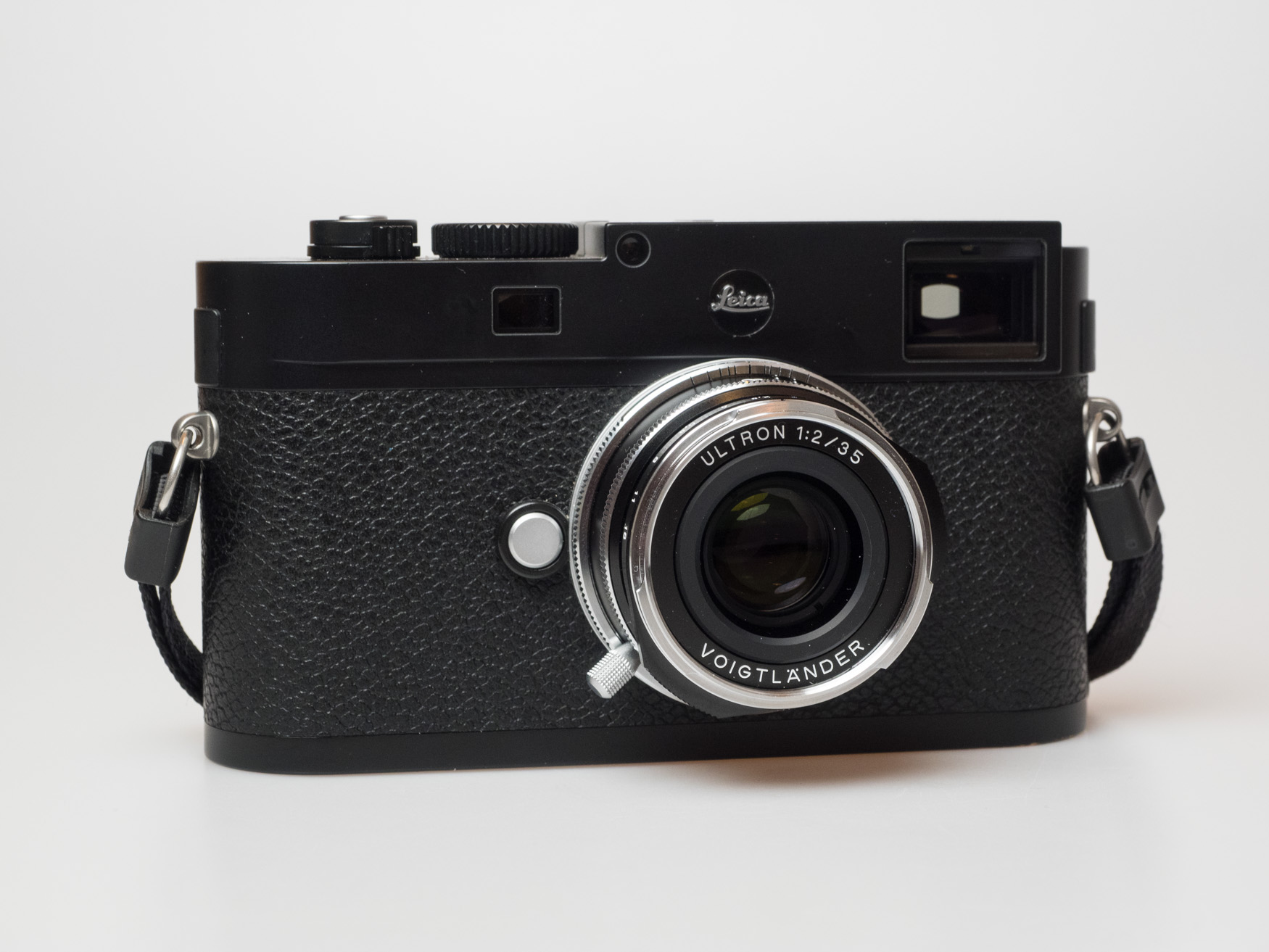

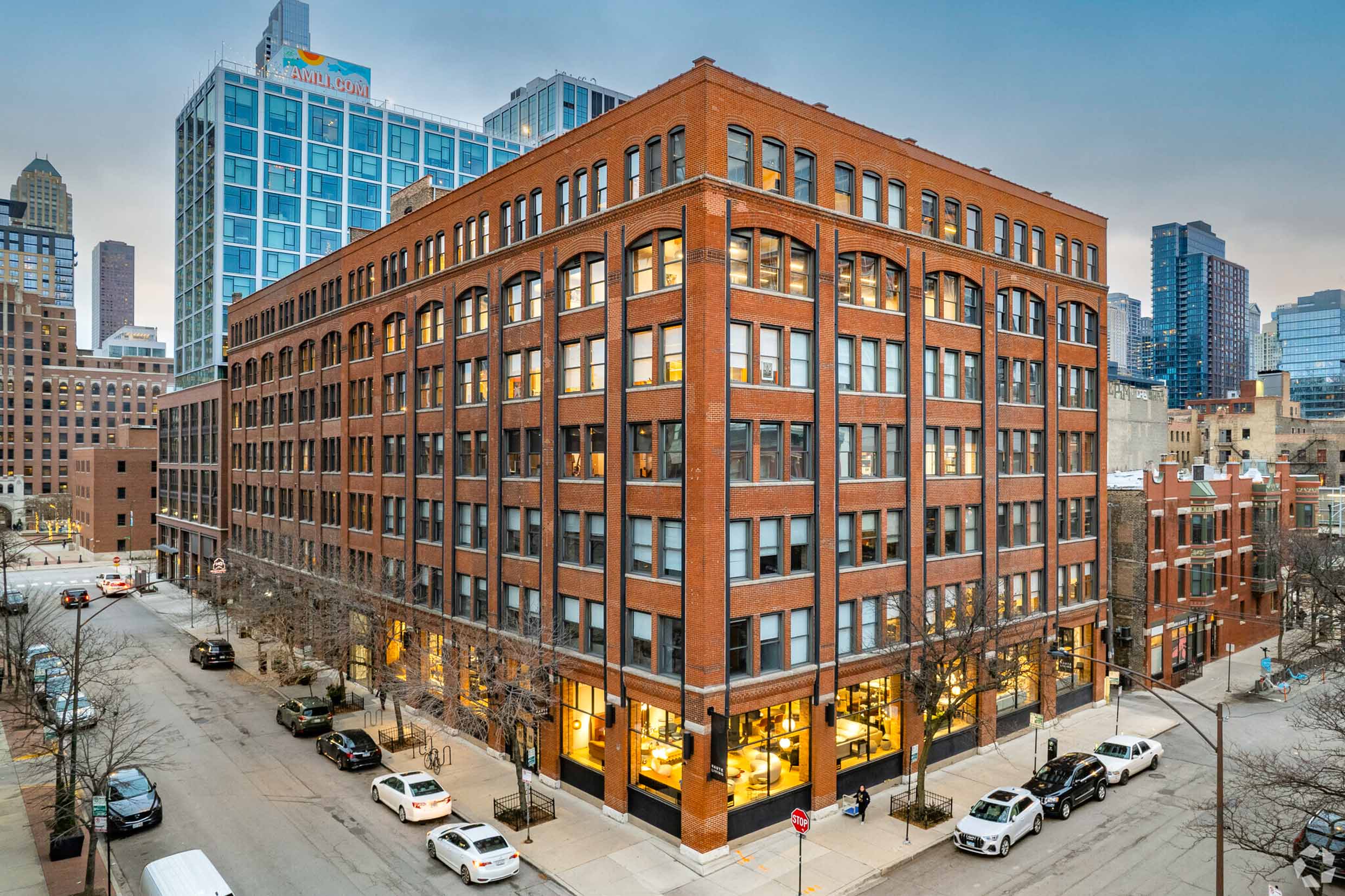
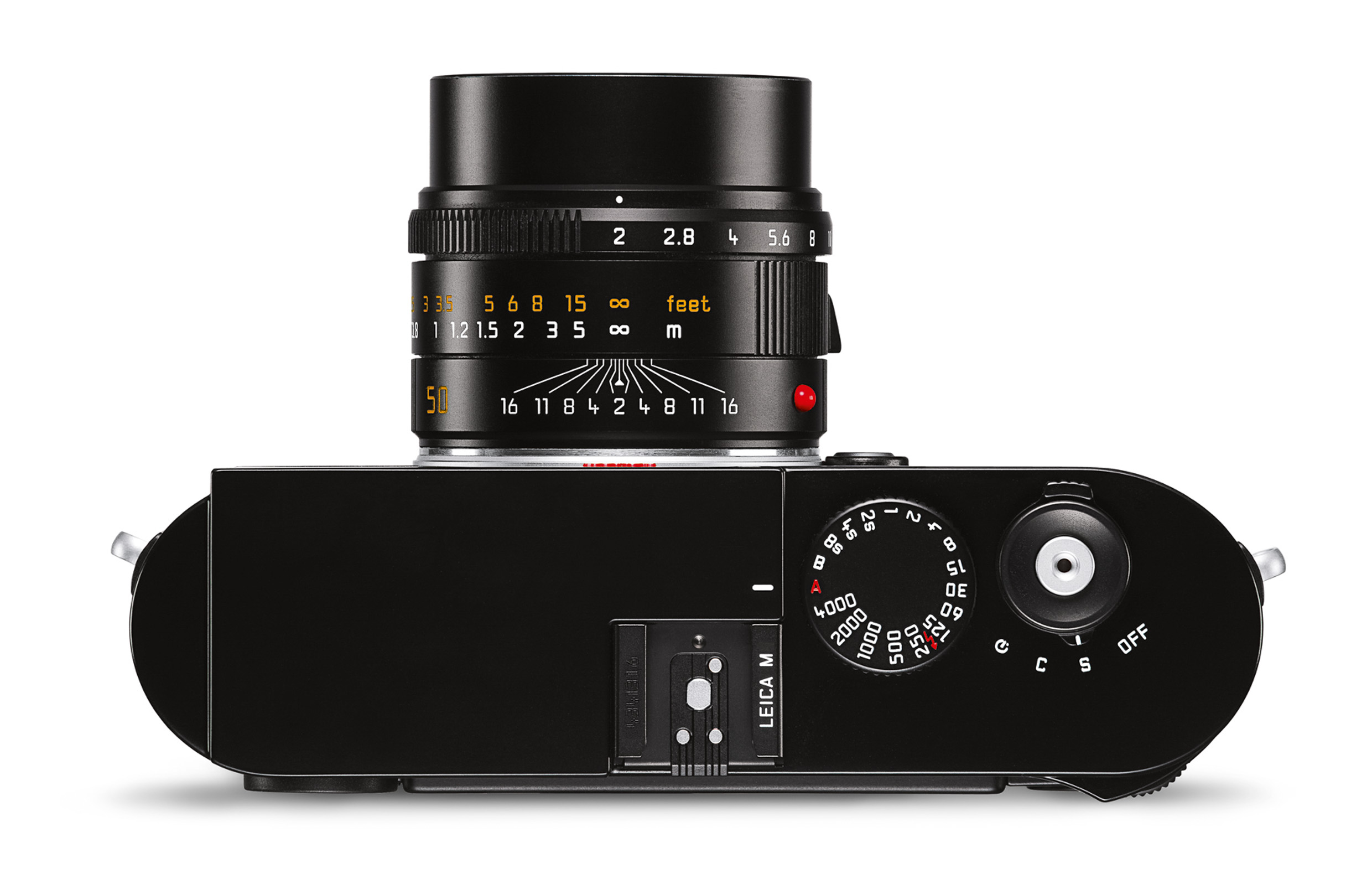
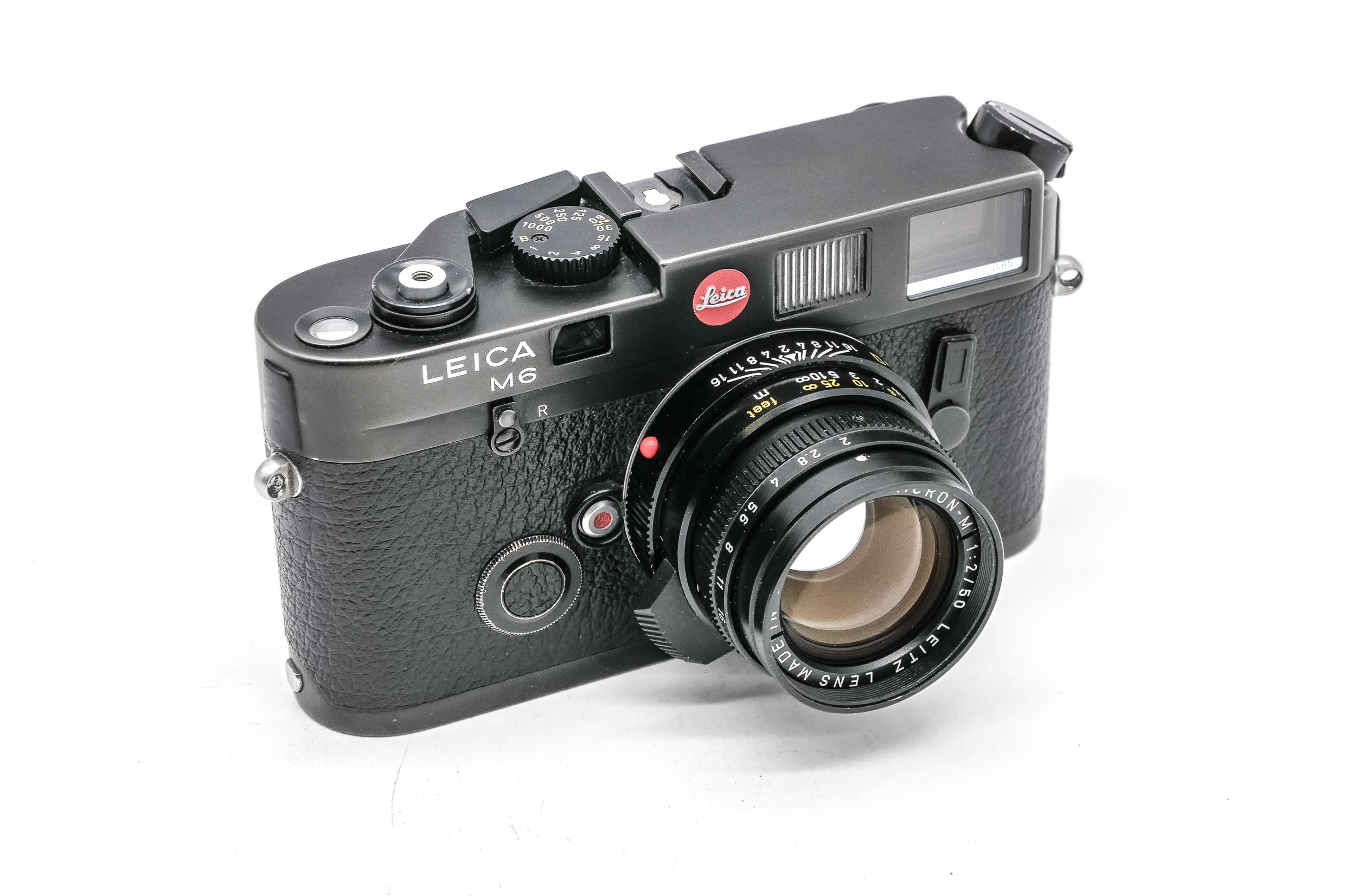
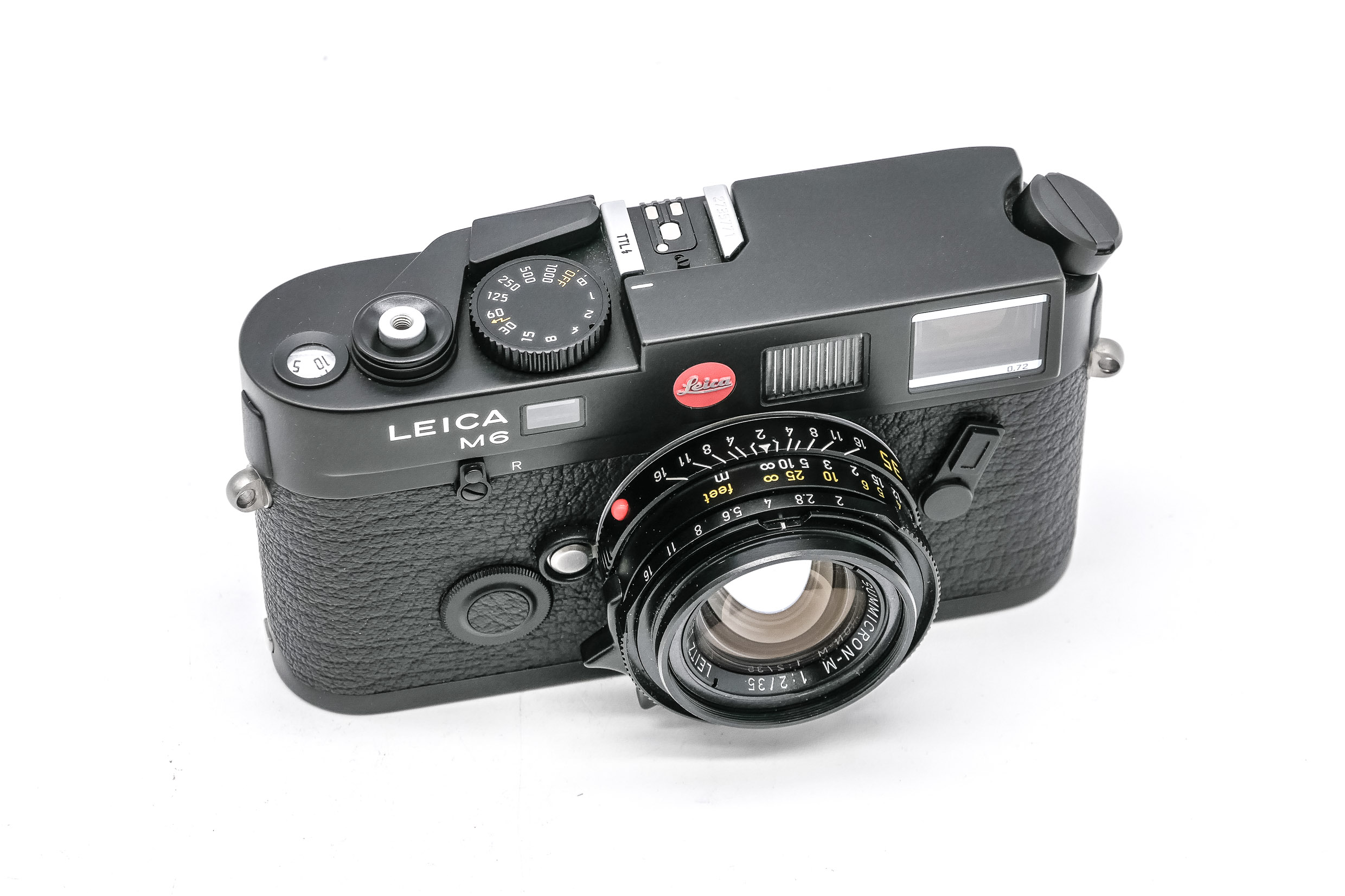
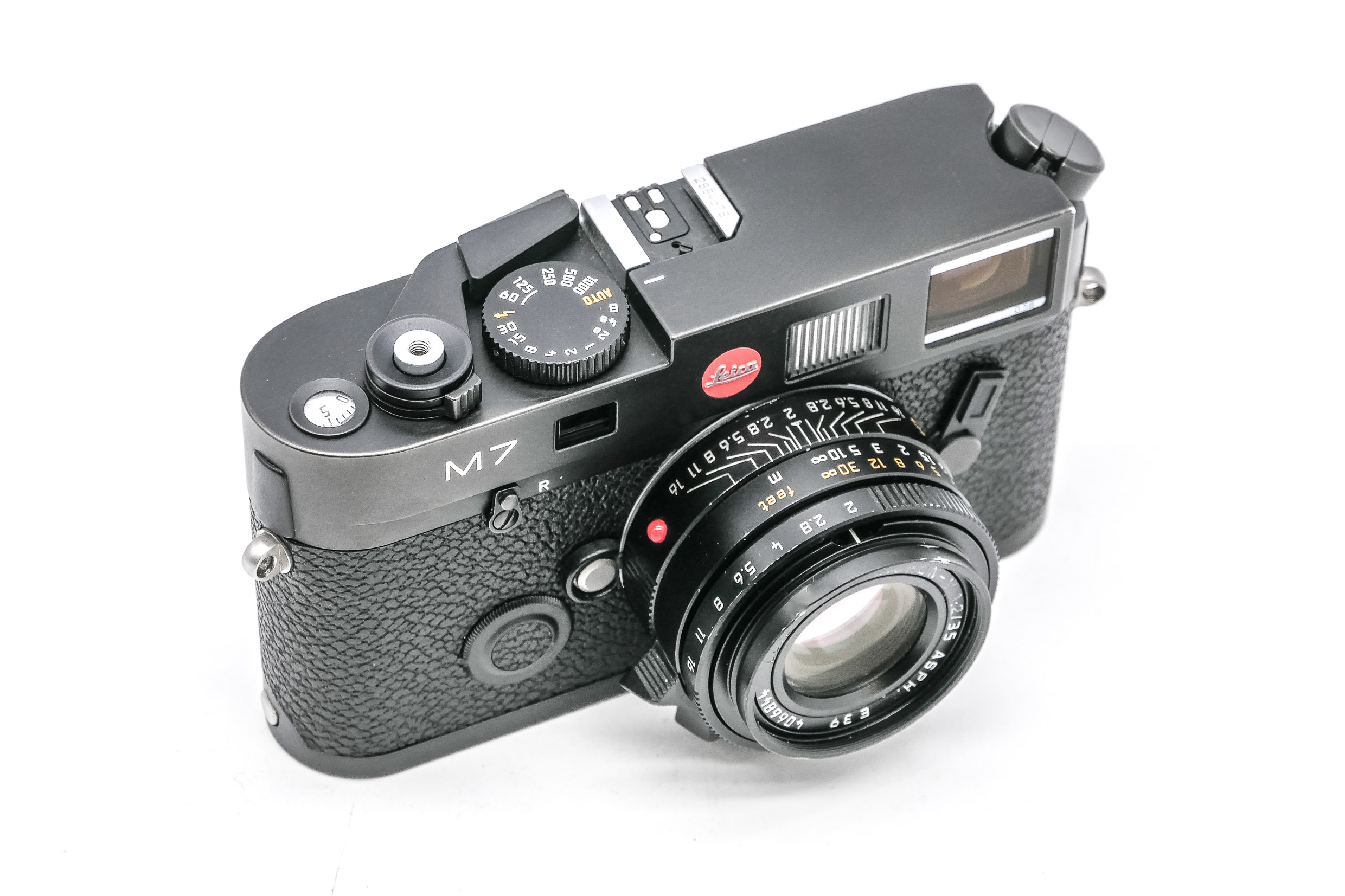
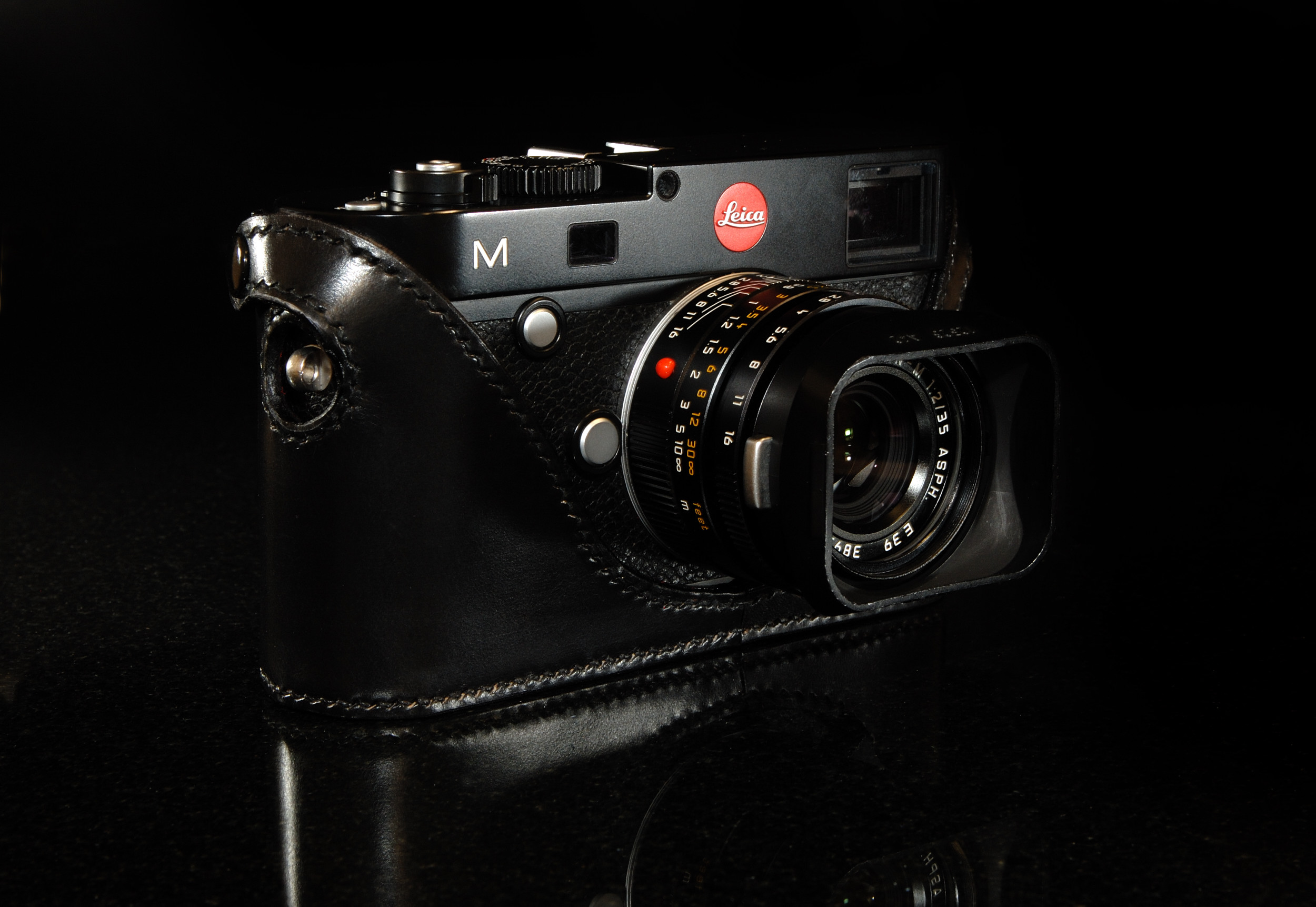
I am decades away from being an “M Beginner”, but had lost my way a bit in recent years. Thanks to this article, I bought a 262, and I am utterly delighted with it! It goes with me everywhere.
I always thought the 240 feature bloated and too heavy. The size of the M10 is perfect, but it is also too heavy and too costly.
The 262 completely passed me by – I never knew it existed until I read the article. I typed “Leica 262” into ebay immediately after reading the article, and found one for sale from a camera seller with 100s of positive reviews, and the deal was done in minutes.
The 262 just hits the bullseye: it is a good bit lighter than the 240 and foregoes its “more-is-more” baggage. It also has a really quiet shutter. All that at half the cost of an M10!
My three delightful Leica M lenses are now back in full-time use, and I am constantly delighted with the images they make.
Many thanks, Jon and Macfilos!
Alistair
„Jedem Anfang wohnt ein Zauber inne“ (there is magic in all beginnings), says a famous German poem. It’s nice to see you, Jon, and RP on such an interesting track. My secret favourite for film Ms is the M4, I wrote about it in an article (https://www.macfilos.com/2022/02/24/gateways-to-heaven-or-at-least-to-a-new-rangefinder-world/). At any rate, everyone make their own journeys. I had a nice silver M6 sitting in the drawer unused for years. I got it exactly at the time when I switched over to digital photography and had neither the expectation nor the inclination to come back to film. In the end, it was my first digital M, a 240, that directed me back. Now, I am pretty much at home in both worlds.
prices. Hi there, much fun to be had here. I am currently looking to add a ‘colour’ M10/240 to my wonderful M10 mono (probably an M10). I am frequently looking at about 5 UK used Leica retailers and I feel your prices are out or (and possibly as well) you might have transposed UK and Euro prices. In broad terms Leica Mayfair is most expensive, Red Dot next then MPB. For instance Leica Mayfair have a great 240 just back from factory service and 2 year warranty for £2450…. https://classic.leica-camera.com/en/Leica-M-typ-240-Black-Paint-10770/10770SH-4803032 I think I would spend a bit more time researching these sites (without diving into dodgy ‘auction site’ deals). Good look hunting.
Correct Des, I had gone to MPB and checked prices for cameras in Germany, and repeated the exercise for cameras located in UK. And checked used prices from B & H in the USA.
But…I transposed the headings when making adjustments to the table. Apologies.
I went to a Leica Experience day in London years ago and had my first ever play with an M9. That was it. Sucked over the event horizon and into the void never to emerge back out of Leicaland.
It was the feel of it all that got me. So unique and personal. And the amazing landscape images the instructor showed, taken with his M9 and 50mm Noctilux. Dang.
Keen
The two of you are cerrtainly taking this move very seriously! I won’t say ‘move up’ because you’ve been using Leica for some time — most recently the Q3 28. So let’s call it a lateral move 🙂
What made you decide to add the M to your stable of thoroughbreds? I’ve been using the M240 (silver) for some years now; I think the only move I’d make would be to an M10– to gain the ISO dial and ditch the video, making the camera lighter and a bit thinner. As you know, I’m exploring higher megapixels with the Fuji XT5 — but I think you’ve got that covered with the Q3!!
Whichever you decide — it’ll be an adventure.
Thanks Kathy. The personal connection through a colleague back to Jimmy Jarché had me interested 45 years ago. Inevitably life got in the way. I think when two of you see this as an opportunity that’s never going to get closer, you leap like Butch Cassidy and the Sundance Kid and hope you land OK. I’m sure with Dan’s help I will get to where I want to be.
Hi Jon – great article – I’m reminded of a similar connection (my godfather) which had me interested in Porsche’s 45 years ago, after a similar epiphany I sold several kidneys and bought myself an 8 year old 911 cabriolet in April.
I was expecting some sort of buyer’s remorse, but none of it – after nearly 3 thousand miles I’m still in heaven every time I get into it!
I hope you are as lucky with your M decision!
Interesting article, my wait to obtain a Leica was over 30 years, having lusted after them at camera club back in the 70’s. My foray into Leica came with a used M8.2 back in 2012 along with a 28mm Elmarit 2.8 III and a 90mm Tele Emarit 2.8 II. Both of which I still use today. I upgraded the M8.2 to an MP240 in 2019 and upgraded that to an M10 in 2024. Along the way I added a 50mm Elmar 2.8, a 50mm Summicron IV, and a Voigtlander color skopar 35mm. Now just need the 35mm and 50mm Summilux’s to complete the kit (one can dream).
thanks Richard. I represent the slowest tortoise in this story, but hope to play catch up. It’s going to be a 240 or a 10, depending on how brave I feel. The lens challenge is simple – a Summicron 35mm. Then it gets complicated as to which one.